20 Vertical Farming Pics, Designs & Concepts
One couldn’t say that the concept of vertical farming isn’t controversial, but they could say that it has serious merits that need to be considered on both sides of the issues.
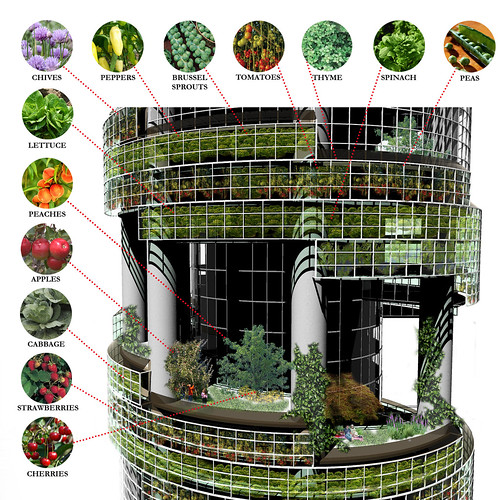
What is a vertical farm? The basic premise, as you see in this image, is to be able to grow food in urban areas by creating tall buildings where, instead of each floor having offices, each floor is in essence its own super greenhouse, where different crops can be grown to feed people within its own community. The idea is to not only be able to feed the community, but to protect the land that’s being damaged by over-farming and making sure that there will still be enough food for an ever growing population.
Of course, not all designs would be the same, but this model of a design for the city of Seattle helps us to see how it would work. It’s integrated into a city plan so that it fits in, and has areas where people can go inside to not only tend to the plants, but could actually buy their produce at the same time.
Thinking of vertical farm in terms of super stores fits a model like this one, where the ground floor has everything a traditional supermarket would have,
While upper levels would contain areas for growing produce. This particular example tries to highlight how power might be created for all the energy needed to grow crops in urban areas, as the designs for vertical farming wouldn’t be able to provide natural light for all of the crops, so they’d need enhancement from artificial lighting. It’s one of the major criticisms of trying to have vertical farms.
As you can see from this image of what the inside of the vertical farm in Seattle might look like, not only are there people who tend to the plants, and in some cases can pick their own produce, but it’s a place of beauty and tranquility that many in urban areas have to leave the city to enjoy.
In a city like New York, for instance, one could see a design like this in either lower or upper Manhattan, where they have dense populations and no land areas to grow their own products, making it expensive to get produce into the city.
This is another design for the Roosevelt Island area of New York City, built not only to be productive, and not only to help generate its own energy with a combination of solar and wind power, but can also be a popular meeting place in the city, with a supermarket, restaurant, and even kind of a virtual indoor park in the middle of the city.
This design was made for the city of Toronto, and was estimated to be able to feed around 35,000 people a year. It would be a 58 stories high, becoming the fourth highest building in the city if made, but it’s design is still sleek enough to fit in with the culture of the city. And,
this gives us an idea of how the builders see different products being produced on the different levels.
In this design for a city like Dubai, where fresh water isn’t as readily available, seawater is sued to cool the greenhouse and also create humidity, which not only helps the plants grow, but then produces more fresh water that can be used for not only the crops, but if produced in significant amounts could be used for the city’s water supply.
The initial testing of the vertical farm system is already in place in a much different way. One test is in El Paso, TX, where above you see how this type of farming concentrates certain types of plants close together, yet requires less water and needs almost no fertilizer for the crops to grow.
Another real test is presently going on at Paignton Zoo in the United Kingdom, where they’re trying to cut the zoo’s overall costs by growing their own produce. Both of the last two examples are outside, yet they still qualify as vertical farms because the idea is growing produce in limited space, not expanding space.
Could you imagine a city like Las Vegas, which is not only landlocked but also has no true vegetation growing around it for hundreds of miles, being able to grow their own produce in a building like this one, which was designed as a prototype for them? This design could easily capture enough sunlight, though there would still have to be modifications to keep the temperatures down, especially in summer months.
Not all urban areas are the same around the world, however. Vertical can still take up a lot of area, and as this image shows, it can be a planned community where everything is self contained and the farm can be a mixture of internal and external, as well as retaining certain elements of a culture.
This was an idea for a vertical farm in Vancouver, which was drawn up in 2003. This idea even comes with a plan for a grazing plain and a dairy farm, right in the city. The energy for it would come from wind turbines and geothermal heat pumps.
There are no end to the types of designs that vertical farms could be. This is another one for Dubai, this time in the middle of the city, being powered by wind turbines and, once again, creating its own water.
This one, the pyramid vertical farm, is a favorite of the guy who helped come up with the concept, Dickson Despommier, a professor of environmental health sciences and microbiology at Columbia University. It’s not only a vertical farm, but a tourist attraction as well as a peaceful park of sorts.
Something like this, a proposal that won 3rd place in an international competition, is the concept of an actual farming community right within the confines of a large city, in this instance Manhattan once again, where residents who would normally inhabit the city still live there, but share the space with farmers on alternate levels around the city.
Even designs like this could be used, where, instead of taking over land that could be used for residential or commercial space, one could build vertical farms right into the waterways, where they would still be a popular attraction.
If cities needed to be redesigned to fit a changing environment, a design like this one for the city of San Francisco would not only be environmentally friendly, but this one is estimated to be able to feed over 7 million people.
The world of vertical farming could offer so much to the world as it concerns food, the environment, and our living space issues, as its estimated that we could have as many as 9 billion people on the planet by 2050. It will take a lot of planning, and a lot of energy, but if most of these buildings can be somewhat self energy sufficient, vertical farming could be viable within a relatively short period of time.


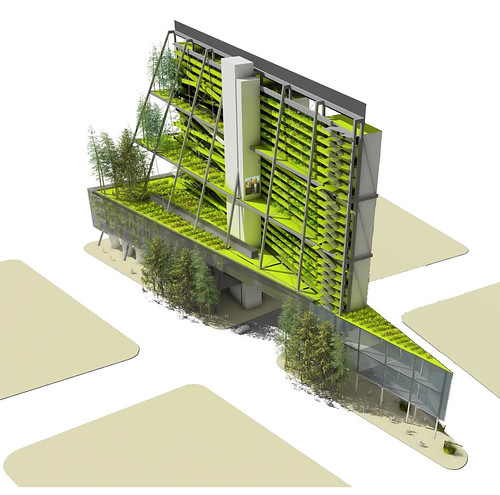

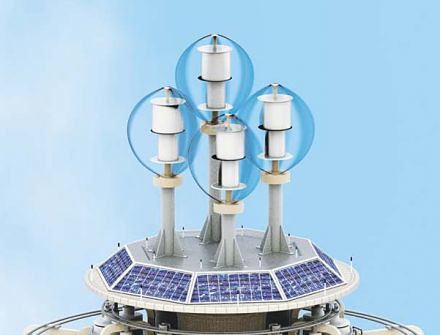
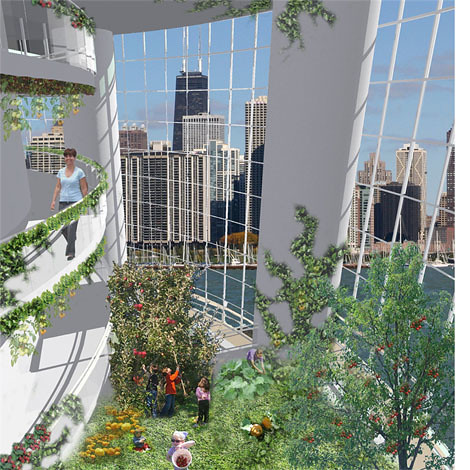
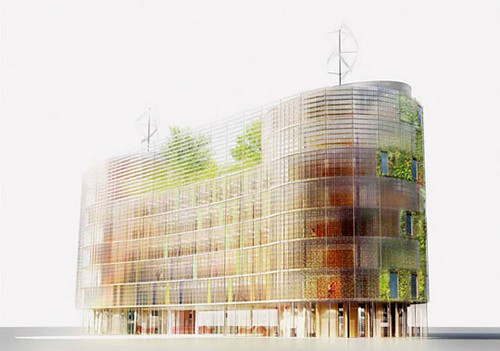
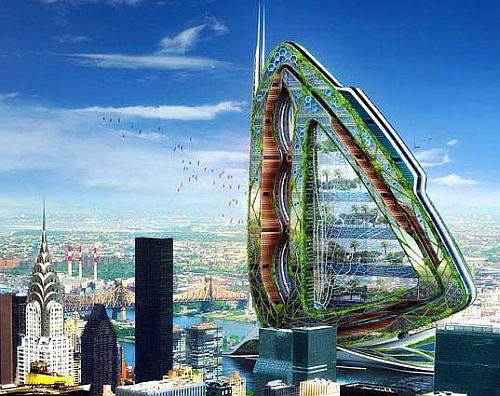

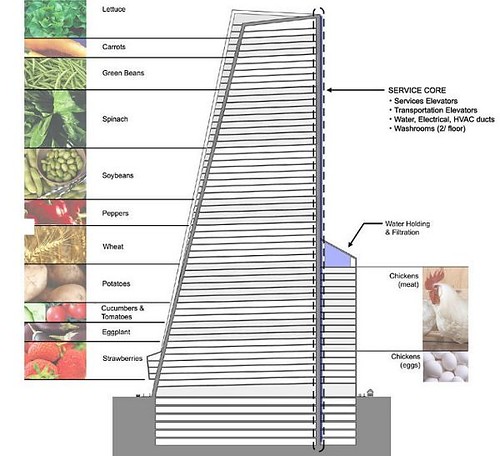
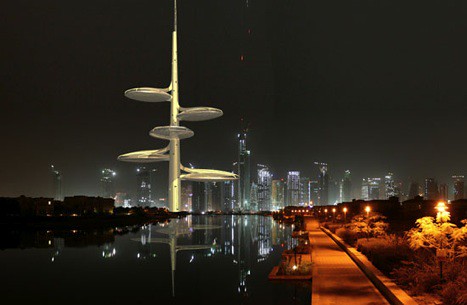
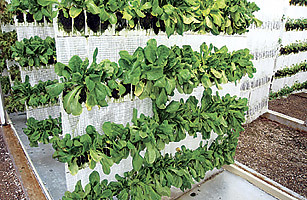
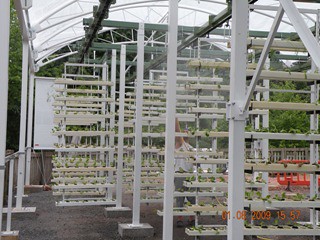
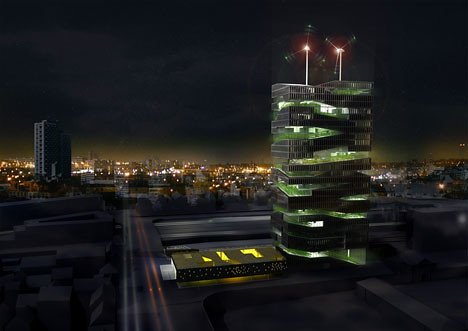
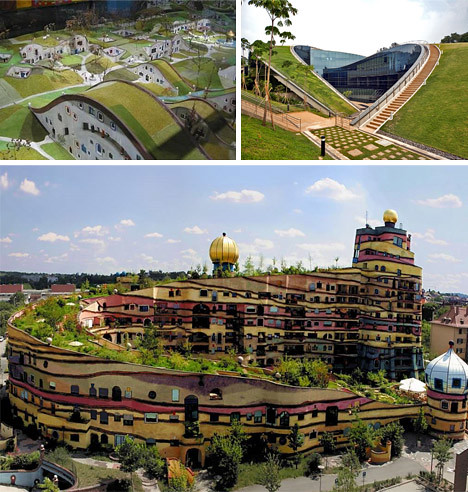

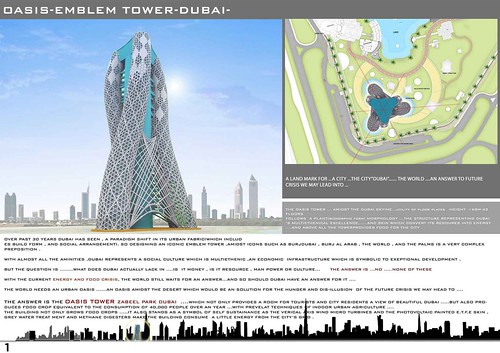
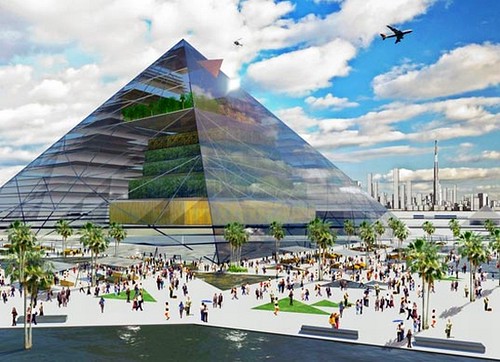
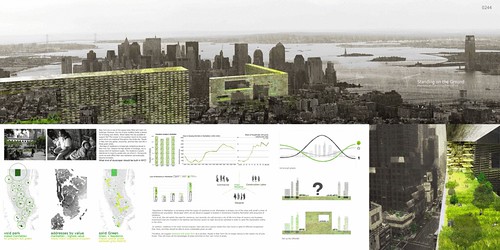
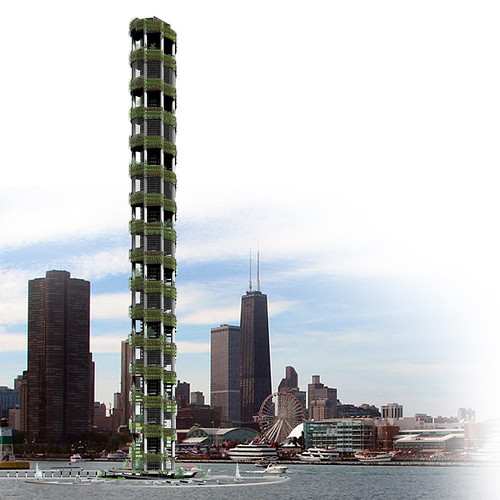




0 comments:
Post a Comment